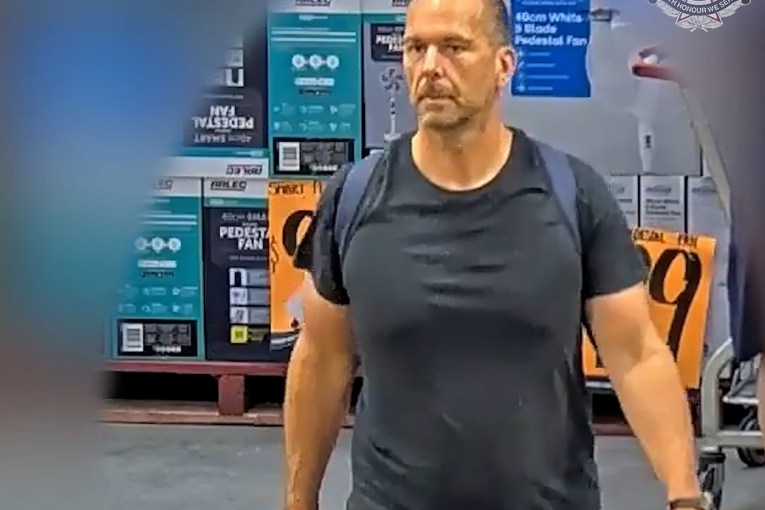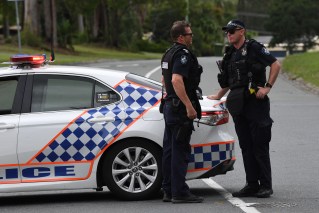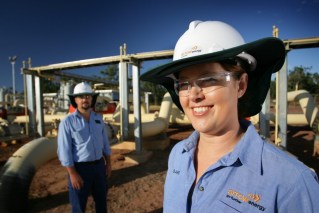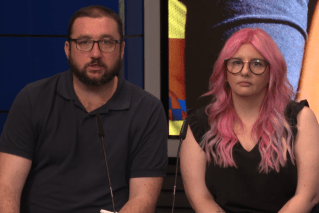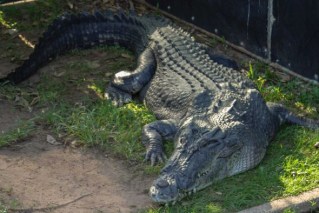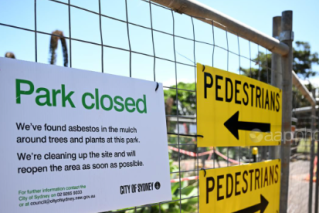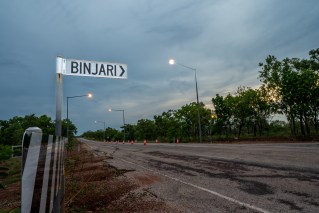Qld bush hospitals lead pilot project for virus protection
Low-cost, no frills protective equipment designed to safeguard health workers from Covid has stretched to 17 hospitals across the Darling Downs, shoring up defences against the deadly pandemic in small rural medical facilities.

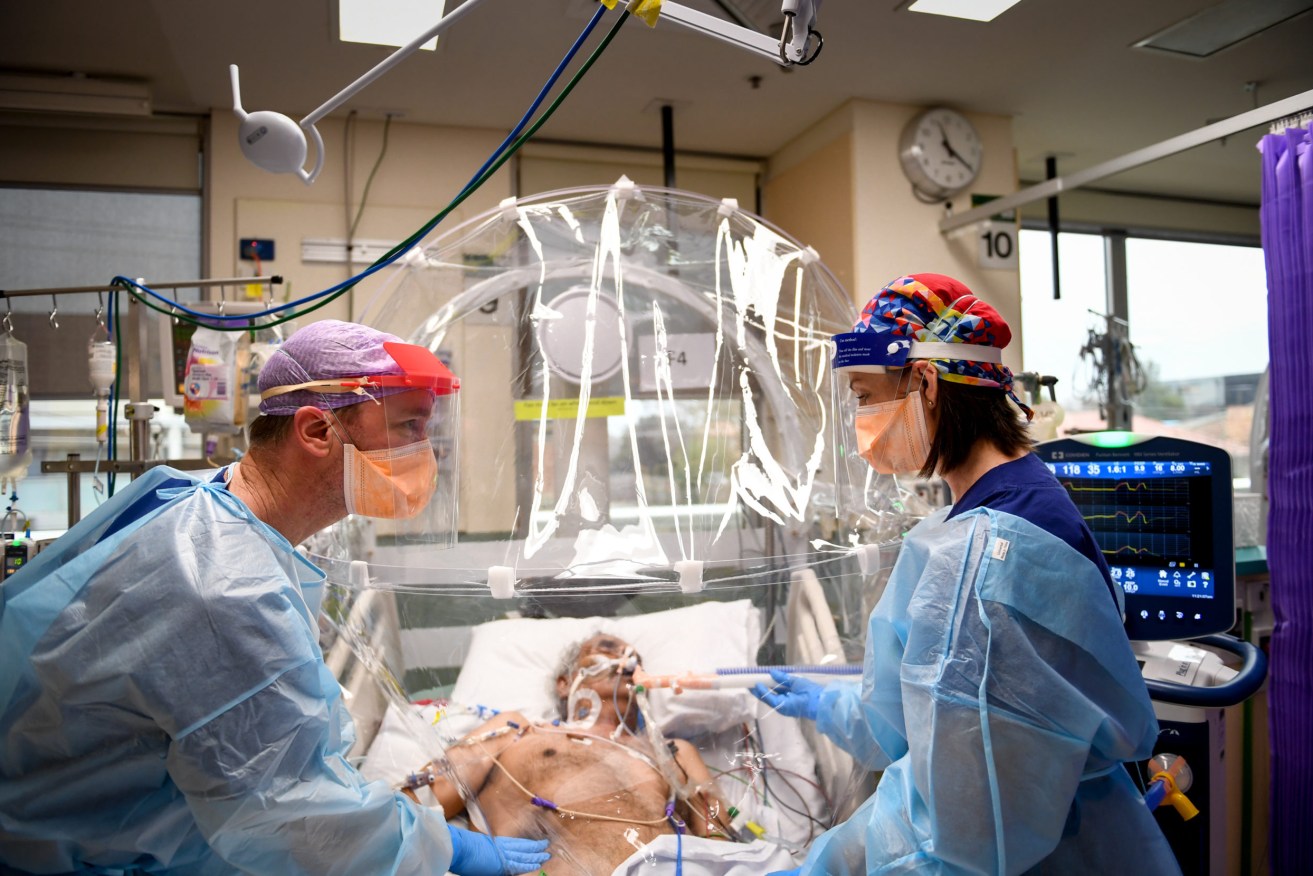
Intensive care wards continue to be under stress in countries such as Brazil and India. Photo: Penny Stephens.
As a new virulent Russian coronavirus strain hits Queensland and Australians wait their turn for a vaccine jab as part of a nation-wide rolling immunisation program, there remains no immediate plan by health authorities to extend the deployment of life-saving ventilation hoods beyond the Darling Downs health region, where they’ve been trialled since December last year.
Named after their Victorian inventors, the McMonty Medihoods are modestly priced and easy to install, with a transparent plastic cover that fits quickly above the head and torso of a patient in a hospital bed.
The cover acts as a barrier between the patient and health workers, with a pump sucking air from within the hood to a hospital-grade air filter behind the patient’s bed.
At $3300 per unit, the hoods have the potential to save stressed state government health budgets if a Covid outbreak were to occur in a rural community, allowing doctors in local hospitals to treat patients without the construction of costly and complex ‘negative pressure rooms’ – standard responses in major city hospitals where air in the room is continuously removed and replaced.
The hoods were designed and developed by a University of Melbourne engineering team led by Professor Jason Monty in collaboration with intensive care specialist Associate Professor Forbes McGain from Western Health in Melbourne.
Before their Queensland launch in Warwick, the hoods had been included in clinical trials within the intensive care units of two major Melbourne hospitals where more than 60 Covid-infected patients had been treated during the height of the Victorian outbreak.
The Darling Downs trial is significant because it shows the value of the hoods to rural hospitals where medical infrastructure is more modestly scaled, according to Professor Tarun Sen Gupta, head of James Cook University’s medical school in Townsville and treasurer of RDAQ Foundation, which backed the trial.
“They weren’t necessarily designed with rural hospitals in mind but they are perfect for those settings, as they are relatively low-cost and easy to set up requiring no changes to building infrastructure,” he said.
“They could mean the difference between being able to treat patients in their own local communities and having to transfer them by air to major city hospitals, should we get transmission in our rural regions.”
Sen Gupta said there was still urgency attached to extending the hoods’ deployment on a wider scale, given Covid has already killed 7000 health workers worldwide and remains an active threat.
“We can’t afford complacency,” he said.
“It’s going to take time to roll the vaccine out and we want to make sure healthcare workers everywhere, no matter where they are located, have the maximum protection possible.”
Rural Doctors Association of Australia CEO Peta Rutherford, whose organisation also backed the trial with support from the Darling Downs health region, told InQueensland that prior to last year’s Queensland launch, the pilot program had been proposed to several state government chief health officers and senior medical executives around the country.
“Darling Downs, to their credit, were the most enthusiastic, and the region that was prepared to put money into funding the trial, in the interests of proving how valuable these hoods are and in the hope of getting them more widely adopted across Queensland and hopefully across Australia,” she said.
The three-way funding partnership between RDAA, Darling Downs Health and the RDAQ Foundation could even pave the way for possible international sales, adding to the export of Australian medical ingenuity that has joined in the global campaign against Covid.
RDAA president, Dr John Hall, formerly based at Oakey and Toowoomba, said the hoods were made in Australia by the Evan Evans manufacturing group spin off company, Medihood, helping ensure security of supply should Covid impact international supply lines in the future.
“RDAA is proud to have led the development of this exciting collaboration that is seeing Australian-made technology making a difference in Australian rural hospitals”, he said.
“Having a McMonty Medihood at each of these rural hospitals means an extra layer of safety for health professionals and other patients should someone present with Covid-like symptoms.”
“Given the staggering number of deaths worldwide of health workers due to COVID-19, we must do all we can to protect them from contracting this terrible disease. We strongly welcome the support of Darling Downs Health and the RDAQ Foundation in co-funding this pilot program with us.”
Darling Downs Health chief executive, Dr Peter Gillies, said his organisation was pleased to see the additional McMonty Medihoods installed at hospitals across the region.
“We are very supportive of this innovative pilot program being rolled out across our rural hospitals because these ventilation hoods could provide another layer of protection for our healthcare staff working on the frontline in Australia’s COVID-19 response” he said.
“Small rural hospitals need an effective way to protect staff from COVID-19 that can be installed quickly and easily, and we believe these hoods could fit these criteria.”
